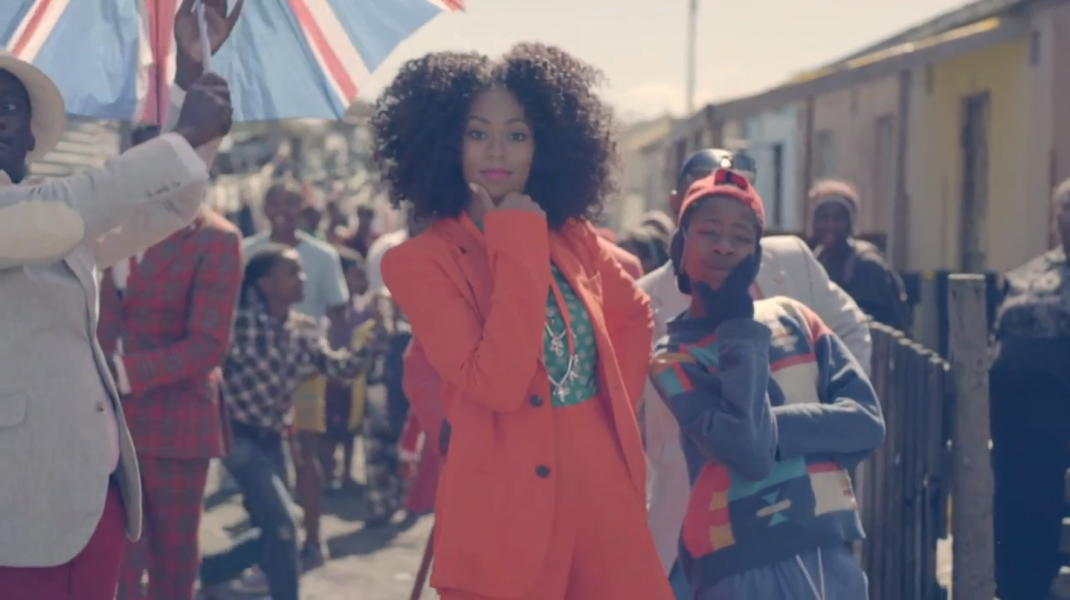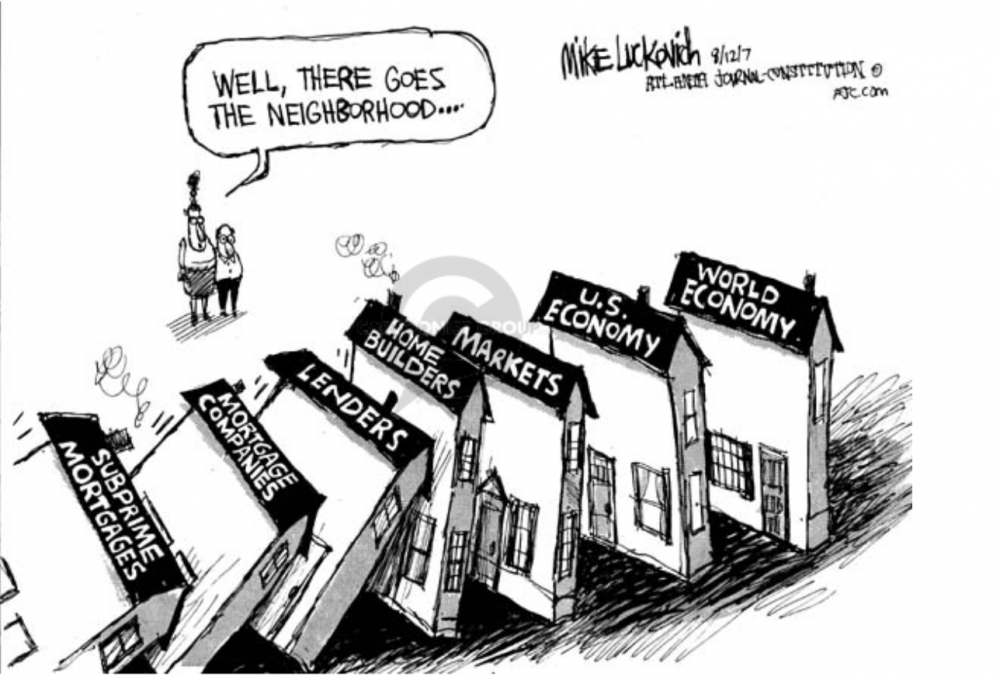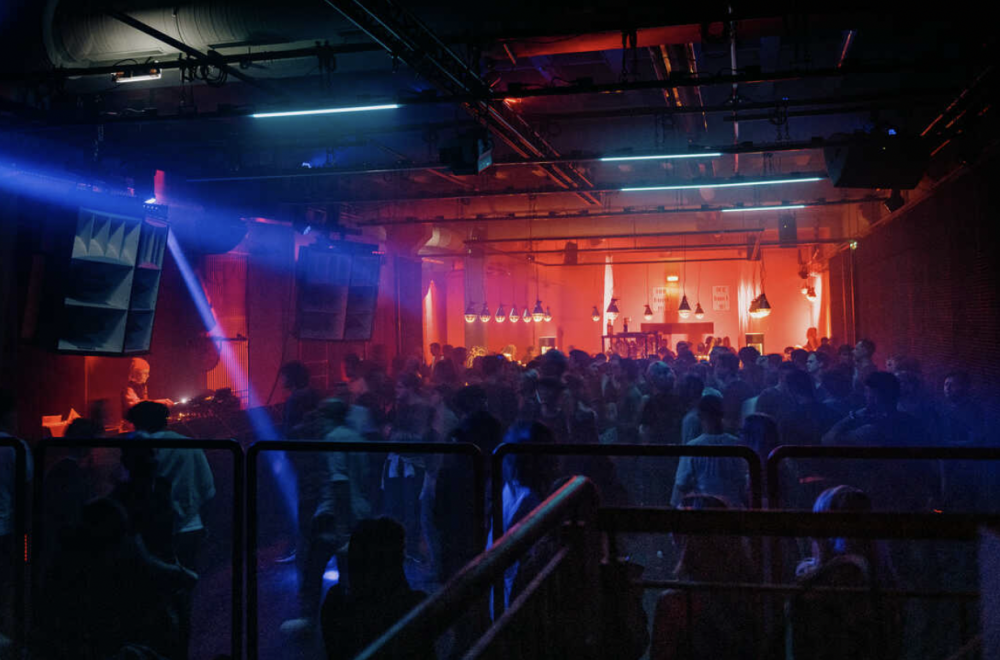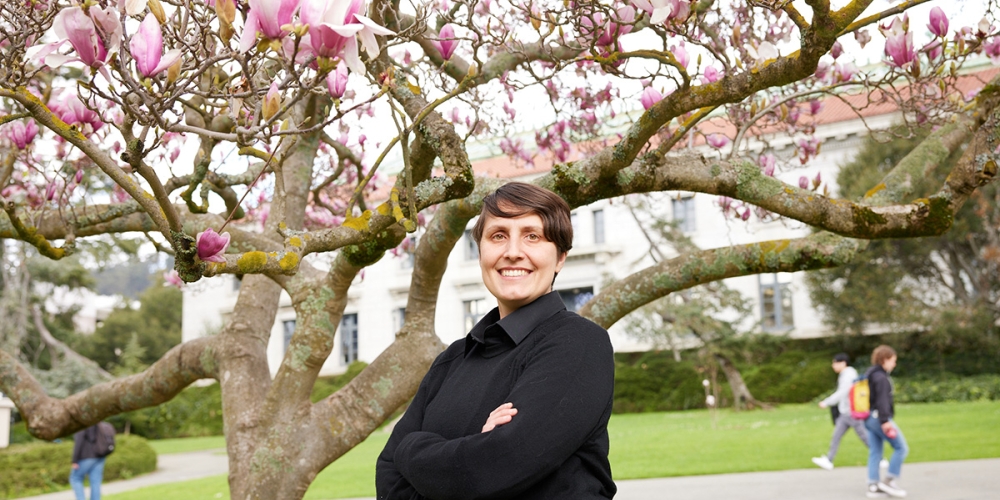
KATERI MOUAWAD—03/01/2022
EDITOR: CHAZEL HAKIM
Exotic vests, colorful slacks, and shoes with even more flamboyant patterns and colors. In the Democratic Republic of the Congo, the Société des Ambianceurs et des Personnes Élégantes (more commonly known as La Sape) are a subculture of men—or La Sapeuse for women—that embody elegance in both style and conduct, wearing clothing as complex and intricate as La Sape’s historical origins.
What’s fascinating about La Sape is its implications on community building. La Sape is not a group reserved for the wealthy, nor political leaders; it’s a group of men and women who, despite their poverty, dress in a manner that would suggest the opposite of their income status. A central part of La Sape’s beliefs is dressing in unconventional fashion, all the while acting flamboyantly. As Maxime Pivot Mabanza, a member of La Sape for the past 38 years, summarised, “a Sapeur…sacrifices his life for the sake of his loved ones, for beauty, for fashion.” To put this in perspective, the average national income per capita in Congo is about $541 USD, but the typical clothing items members of La Sape were can range anywhere from $1,000-$3,000 USD. Rather than debating the efficacy of La Sape’s members investing in expensive clothing given their income levels, we will analyze what an economy can tell us about beauty standards.
The Beauty Premium
The beauty premium has recently made it into the economic discourse, specifically as more economists and sociologists have taken interest in physical appearances and its effect on market value. In American economist Daniel Hamermesh’s book Beauty Pays, Hamermesh unravels the beauty premium in a comprehensive manner and writes that “good-looking people also earn more and also create more sales for their employers…beauty is clearly privately productive; but thinking about this way, in some cases, it might be viewed as socially productive too—as benefitting society as well as those who are fortunate enough to be born beautiful.”
Economists describe the beauty premium as the effect of one’s attractiveness on their income levels. A study conducted by the University of International Business school in China found that those who possess higher levels of beauty are in fact paid more. Another study by the Luxembourg Institute found a 15% wage increase for colleagues that are considered more physically attractive. There are countless other studies and tests that have been conducted regarding beauty and its impact on market value and wage incomes, and all have led to the conclusion that the more beautiful someone is, the higher their wages.
Beauty and its Monetary Value:
While beauty premium is generally measured in terms of physical appearances—how symmetrical a face is or whether or not someone is physically attractive—the point is that it describes the effect that beauty can have on monetary value. Further studies have also been conducted regarding other aspects of beauty: hair color, weight, and of course, clothing. A study conducted by Kelton Research found that not only are well-dressed men viewed as more intelligent, well-liked, and sexy, but also more successful in life. Similar studies have found that wage increases also correlate to better-dressed employees. La Sape demonstrates the beauty premium at work, specifically given by the fame, favors, and prestige members La Sape enjoys.
To better understand the monetary value of the beauty premium regarding clothing, we may consider the Met Gala. The Met Gala is an annual fundraising gala and is hosted by the Museum of Art Costume Institute in New York City. The Met Gala demonstrates the beauty premium at hard work. It’s the fashion equivalent to the Oscars and one of the largest leaders in today’s fashion industry. The Met Gala celebrates exhibits, publications, and capital improvements during its red-carpet event, where celebrities and social media influencers wear exotic costumes and the latest cutting-edge fashion designs.
Media coverage and exposure remain the highlight of the night for most celebrities, but the real highlight for Co-chairs is the eight-figure sums the Gala raises. Last year the Gala fundraised 13.3 million for the night alone, not including other income earnings. A big part of the Gala’s allure comes from the secretive environment and the prestigious implications of attending the gala; this aesthetic prompts brands and celebrities to purchase tickets that are 35,000 apiece, along with tables that cost up to $300,000.
Fashion enthusiasts suggest that the Met Gala’s purpose is to reinforce fashion as an art, a demonstration of creative processes come to fruition. Whether fashion should be considered art is a question for another time, but the Met Gala easily shows that fashion is associated with beauty and that it pays.
Beauty Standards That Were Not Helpful to Society;
Understanding beauty does matter from an economic perspective, as beauty standards can promote economic growth yet be bad for society. A brief global overview of the following examples demonstrates how some beauty standards were harmful yet economically beneficial.
For centuries in China, a common beauty practice by upper-class women included feet binding, a process that involved girls between the ages of four to six bending their toes underneath the sole and breaking the foot until foot growth was stunted. The process took around two years to complete, a painful and arduous process that would supposedly allow the girls to marry into upper class. Feet binding was perpetrated and administered by women; it was considered a status of prestige and an attractive feature to Chinese men. The practice was officially banned in 1912 after Western exposure inspired national debates about feet binding practice. While many historians argue that foot binding was what allowed women to marry into higher social status, Harvard professor Melissa Brown argues that foot binding was ultimately a way to keep women producing handicrafts, which could bring in enough income to support their families.
During the Victorian age, Arsenic and mercury became popular in cosmetics, causing lead poisoning, hair loss, skin damage, and death. Yet, skin lightening practices were encouraged in order for women to move up social classes, bringing in more income and wealth as a consequence.
The Kayan Lahwi, a tribe of Karenni people who live on the border of Myanmar, have an old tradition where their women wear gold rings around their necks, giving them unusually long necks over time. There are many health risks with achieving this particular look; contrary to the idea that these women stretch their necks, the weight of the gold necks forces the collar bone down, which can cause the vertebrae to collapse from the weight. This implies years of back pain among other problems. However, over 40,000 tourists visit their tribe to experience the eccentric beauty of the Kayan people, and they will pay between $8-16 USD, profits that are often exploited by the Thai authorities.
Historically, it’s difficult to find cases where beauty standards were bad for men–mainly because they don’t talk about it–and men are often valued for their strengths and success. However, in the face of the body positivity movement in the USA, more discourse around this issue has come up about the monetization of negative beauty standards for men. For example, in the film industry, several studies have found that women are more strict and particular about how men ought to look than men are with respect to women’s beauty standards. Virtually most actors that need to prepare for a shirtless scene are required to follow a very strict diet that requires them to eat at a deficit for three months and to remain dehydrated for 36 hours, leading to blackouts, brain fog, and low energy levels. However, these actors are more likely to receive higher wages, as well as be marketing icons for the film.
There are plenty of other examples of negative beauty standards benefiting microeconomics; How then, has Congo’s economy, an economy plagued with corruption, debt, and little opportunity, shaped its beauty standards?
Congo History and Economic Status:
A brief overview of Congo will better help our understanding of La Sape’s origins.
The Republic of Congo has a long history of European colonialism, starting in 1880 when European colonial powers established territories in Africa; this included countries like Portugal, Spain, England, and the Dutch Republic that discovered, settled, and exploited land throughout the continent. Under the reign of King Leopold II, Belgium negotiated to receive African landmass and was given a large portion of the Congo River basin. Unlike most European countries that established colonies, Leopold privately owned what he named the Congo Free state, and his efforts to economize resources like ivory and rubber resulted in atrocities like the amputations of limbs, flogs, malnutrition and executions of citizens, and a death toll large enough to match that of the holocaust. The steep decline in birth rates and economic growth were huge setbacks that still affect Congo today. Global pressure was enough to force Leopold to give the Congo Free State back to Belgium in 1908, who stayed until1960 when the Democratic Republic of Congo gained independence, not before Germany invaded Congo in May of 1940, Germany sought Congo’s rubber and copper, along with uranium and diamond trafficking, in the construction of atomic weapons and extorting Congo, prompting many strikes against colonial authorities.
A lot of the proxy wars that were fought during the Cold War further stunted Congo’s economic development. Cong’s has an oil economy, which has recently seen a steep contraction of 7.9% in 2020, and currently has a debt of 103% of its GDP. Congo’s reliance on oil makes employment and economic growth very unstable.
Colonialism, economic instability, and conflict have been Congo’s courtiers. It’s often remarked that La Sape drew inspiration from French Dandies, integrating the fashion standards into their own unique culture. An economy that had been dominated by colorism and financial mismanagement had left residuals in how beauty has transferred their culture, La Sape represents more than just a group of men and women that like to buy fancy clothes; its an expression of self that has developed through economic circumstances, providing some form of coping in a society where little opportunity and monetary growth can be achieved. The beauty premium is incentive enough for these groups to invest time and effort into fashion, despite their lack of economic opportunity and constant political corruption. La Sape demonstrates that while the beauty premium is effective for those who invest in clothing, their beauty is not exclusive in the same way the Met Gala is. It’s for all Congo citizens to enjoy and take pride in, and can be accessed by all—not just the elite. If you wish to better understand the economy, just look closely at how their society treats beauty.
Featured Image Source: Africas Country
Disclaimer: The views published in this journal are those of the individual authors or speakers and do not necessarily reflect the position or policy of Berkeley Economic Review staff, the Undergraduate Economics Association, the UC Berkeley Economics Department and faculty, or the University of California, Berkeley in general.



